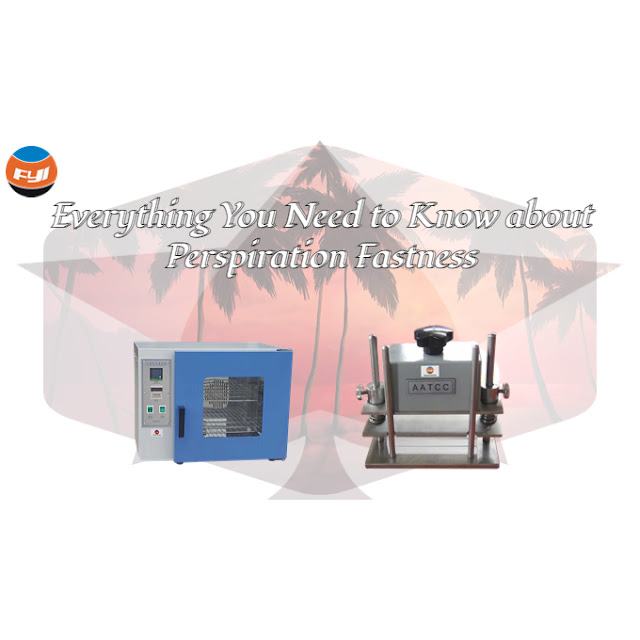The Complete Guide to Cotton Opener

What is meant by cotton openers? The primary goal of a cotton opener is to loosen and remove impurities from raw materials. Opening machine raw cotton opening and impurity removal effect process is complementary to each other, the raw cotton loose into small cotton bundle at the same time, so that the fiber and impurities separation, through the mechanical stray part to complete the impurity removal effect. 1. The cotton roll composed of fibers sent by the cotton cleaning process is carefully opened and separated before the fiber is damaged, so that the fiber bundle is separated into a single fiber. 2. Get rid of impurities in cotton rolls, such as broken seeds, seed crumbs, infertility seeds, soft seed skins, dust, non-spinning fibers, fiber bundles that can’t be combed open and fibers adhering to impurities, and have the ability to recover spinnable fibers in the process of removing impurities. Characteristics of cotton opener 1. Use large rolls and several small rolls to rotat...


